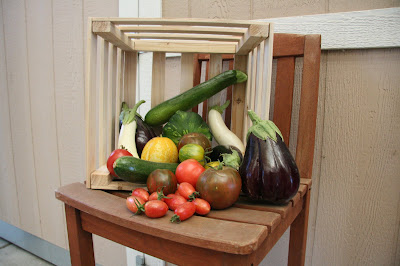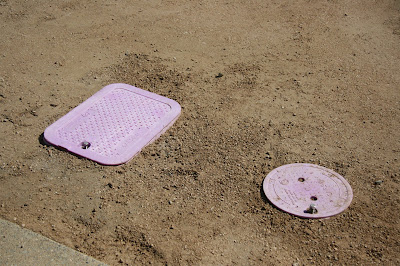by Zuhayr Mallam, Founder of the UC Davis Diabetes Advocacy and Awareness Group (DAAG). For more information about this group, visit their website.
Pomegranates make for a delicious snack, and these plump red fruits are also one of the healthiest foods around.
 |
| Image taken from www.life123.co |
On the Table
Pomegranates are chalk-full of nutrients including Vitamins B and C, fiber, and potassium, while being low in fat, sodium, and calories. Recent medical research suggests potential health benefits such as lowered blood pressure, lowered risk for heart disease (especially in diabetics), and prevention of tooth decay. Although it is high in sugars, these are natural sugars that are attached to special, disease-fighting antioxidants. And remember – the seeds are the edible part of a pomegranate and contain the bulk of the nutrients! The juice is very nutritious as well, but stray away from brands that are packed with refined sugar.
In the Garden
Pomegranates are the perfect winter fruit; they are in season from November to March! Although native to Persia and the Himalayas of Northern India, pomegranates were brought to California in the late 18th century and have been able to thrive in the interior valleys (like Davis!) due to the cool winters and dry summers. This versatile fruit tree grows in a variety of soils (although deep soil is preferred) and is relatively easy to care for. All that it requires is nutritious, well-drained soil, sufficient sunlight, and sparse watering. And even when the fruit dries up, it provides beautiful ornamentation for your garden!
For more information about the varieties of pomegranates grown in the UC Davis Good Life Garden click here!
Try this Recipe for… Pomegranate Salad
 |
| Image taken from www.fitsugar.com |
Toss yourself a tasty salad including:
· lettuce
· pomegranate seeds
· pomegranate juice
· lemon juice
· apples, pecans, and/or pears
· ground black pepper
· vegetable oil
· dijon mustard
Brought to you by the Diabetes Advocacy & Awareness Group (DAAG)






















































